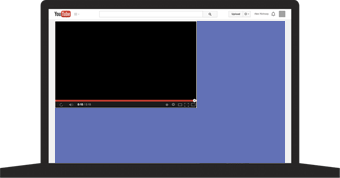@KrishnaPG ; spf doesn't do this kind of magic you want. The main purpose of spf (from my point of view) is to replace some part of the html page, not the whole page. It's allow you to have a lot flexibility on what you are doing and the server must be aware of that. It's allow a lot of thing like prefetch only some div before the user request it for example.
If you look at a ajax full page refresh, look at these project : https://github.com/luruke/barba.js https://github.com/turbolinks/turbolinks

The documentation says, the static navigation
GET /destinationbecomesGET /destination?spf=navigatefor dynamic. which, I think, is achieved byclass="spf-link"on the anchor link.All this is fine. What is not clear is, how is the return JSON is achieved? Is the server supposed to monitor for
spf=navigatequeries and return the JSON ? Or does SPF does some magic to compute the 'difference' of the returned HTML as json?If the server has to be aware of the
spf=navigatethen I think it defeats the whole purpose of having this SPF js hooked up on the front end.